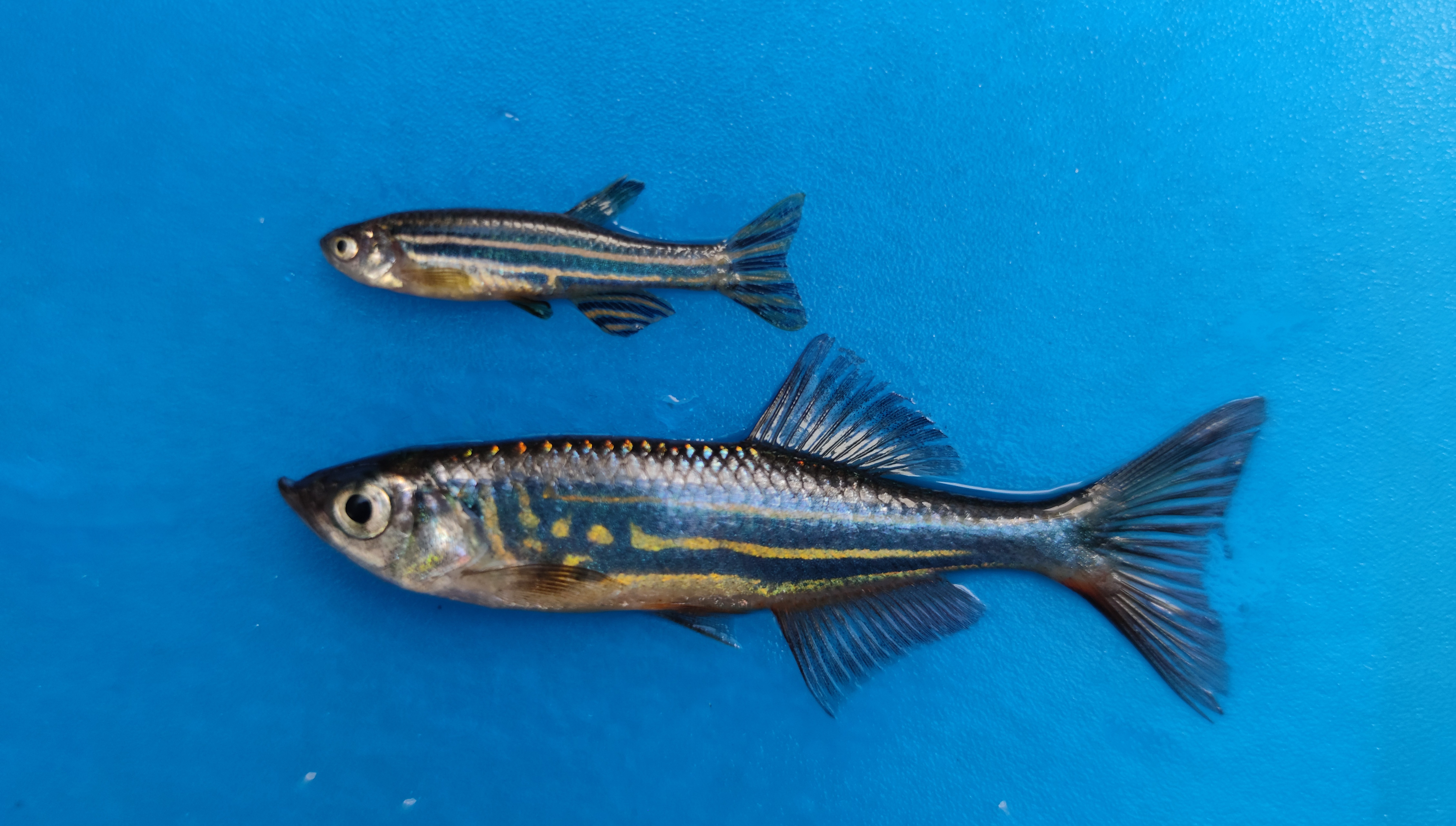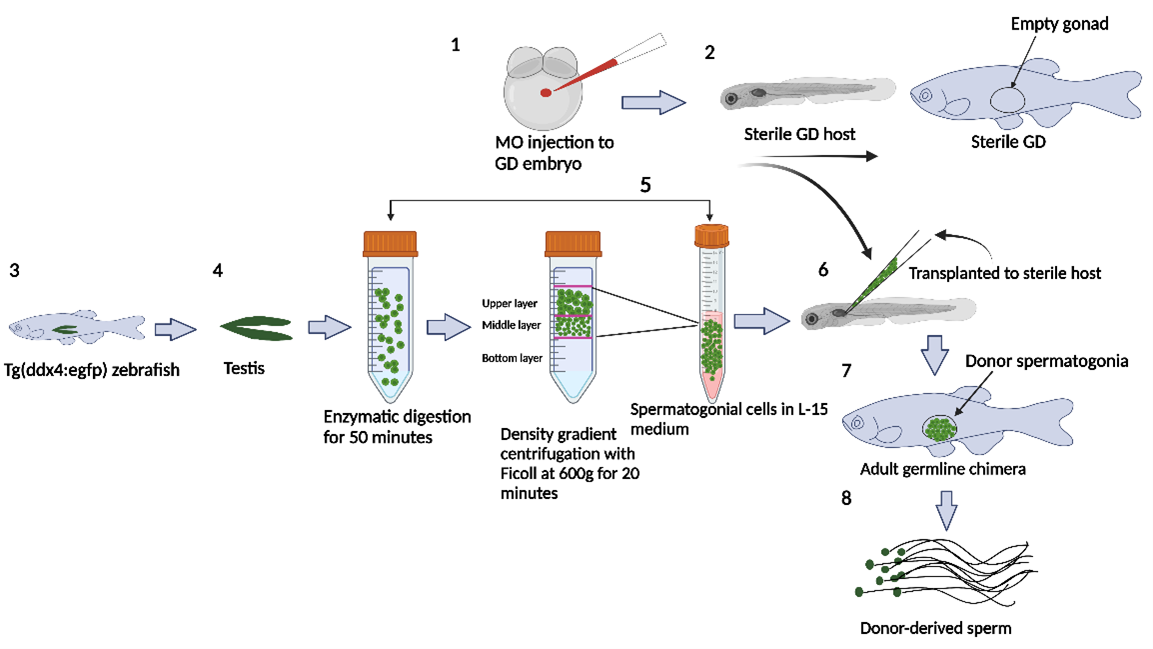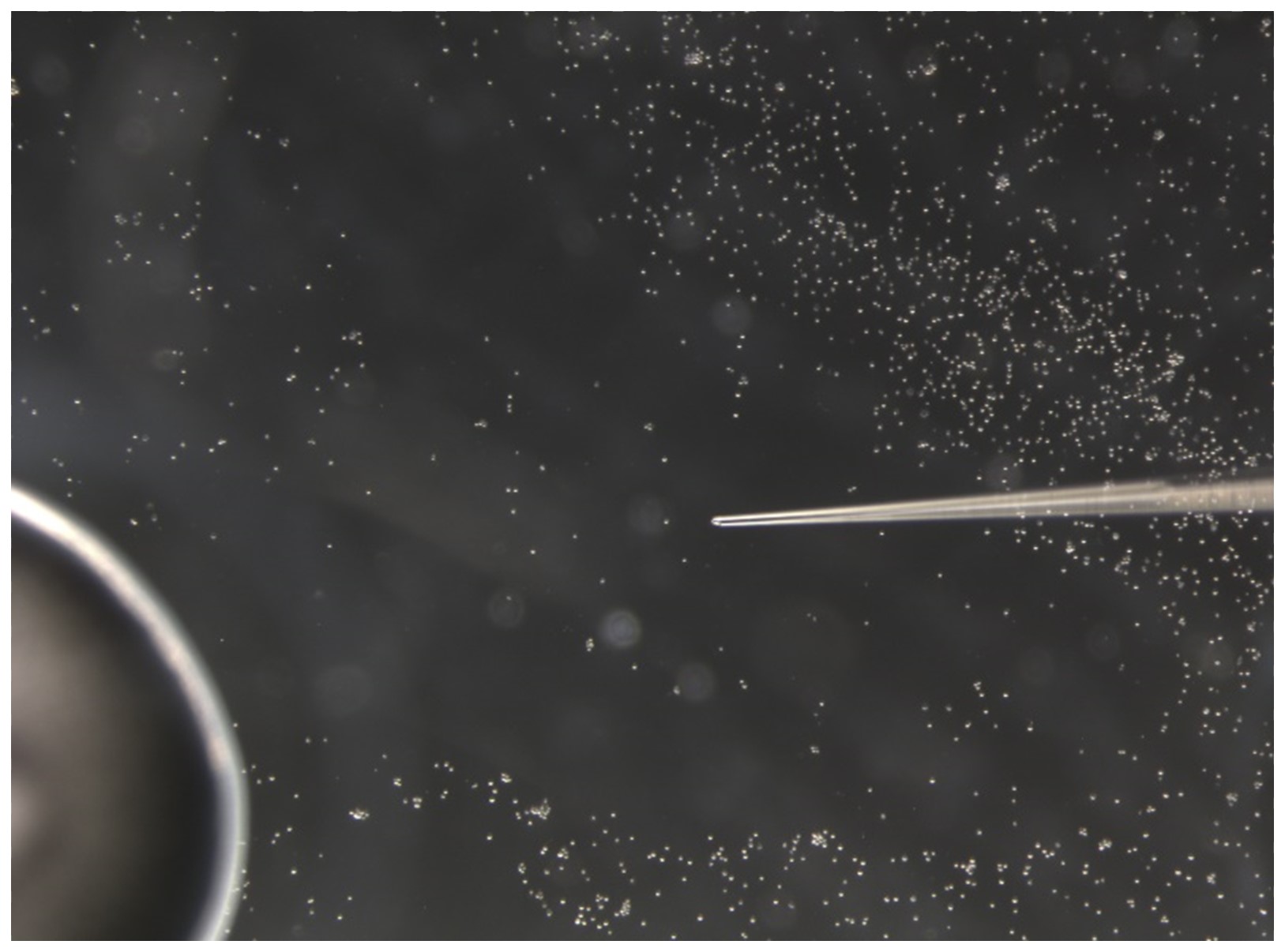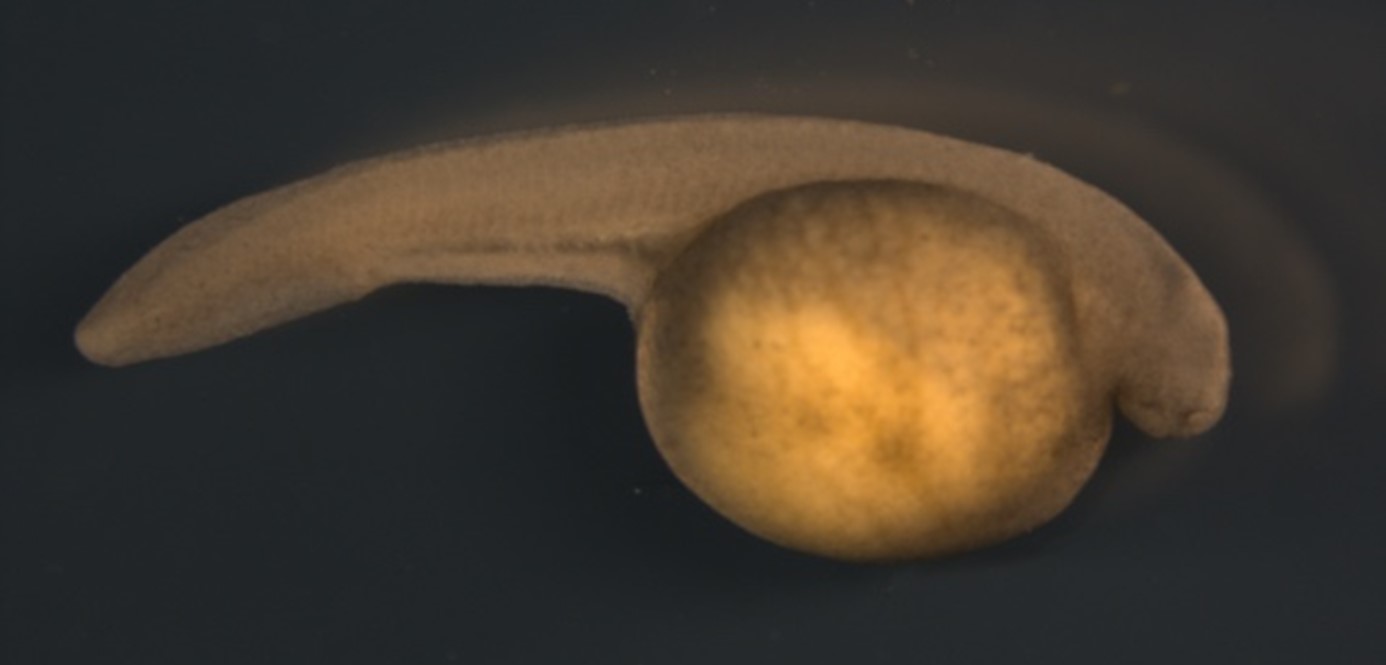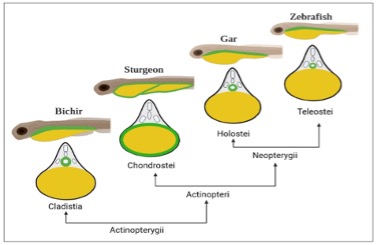At the end of last year, a European project was successfully completed at our faculty, whose principal investigator was Jan Štundl, who is currently working at the California Institute of Technology in the United States and continues to work closely with the Faculty of Fisheries and Water Conservation at the University of South Bohemia.
In 2020, Jan Štundl succeeded in obtaining a prestigious Marie Skłodowska-Curie grant, which supported his postdoctoral stay in the laboratory of Prof. Marianne Bronner, a world-leading expert in neural bar and evolutionary developmental biology (evo-devo). The neural bar is a unique cell population that arises during early embryonic development. These cells subsequently migrate throughout the embryo and give rise to many different structures, including toothed jaws, various neurons or dentoskeletal elements such as shark scales or sturgeon tags. "The neural bar is only found in vertebrates and we owe it to it that we are an evolutionarily successful species," explains Jan Štundl. The cells of the neural crest are involved in almost every part of our body and also play an important role in regeneration processes.
Within the Heart2019 project, Jan Štundl focused on the investigation of a specific subpopulation of the neural bar - the cardiac neural bar. Its cells migrate to the heart during early development and play a key role in the formation of the heart muscle. This project followed pioneering research by Prof Marianne Bronner, who suggested that these cells could be responsible for heart regeneration. "Based on research on a model species, the zebrafish striped zebrafish (Danio rerio), the lab found that the cells of the cardiac neural bar actually contribute to heart muscle regeneration," explains Jan Štundl. "So we asked ourselves whether this regeneration phenomenon is unique to zebrafish or whether it is common to other vertebrates." To answer this question, three species from evolutionarily important vertebrate lineages were studied - sturgeons, lampreys and newts. The investigation confirmed, among other things, that neural crest cells are involved in heart regeneration in other vertebrate groups and that they may additionally be responsible for the regeneration of other body tissues.
In addition, the Heart2019 project has produced a number of unique results that have been published in renowned scientific journals such as Nature and PNAS (Proceedings of the National Academy of Sciences). For example, the FROV sturgeons have contributed to unraveling the origin of the primitive armour of the first vertebrates, and the results of the research have also highlighted the fact that neural crest cells can also produce bone outside the head, completely changing the current view of the developmental capabilities of the neural crest. This first "vertebrate" armour was composed of bone and dentin, a substance that is an important part of our teeth. Thanks to this evolutionary novelty, which led to the formation and diversification of skin armor along the entire body axis, our ancestors gained protection from contemporary predators (Stundl et al., 2023).
In addition to sturgeons, Jan Štundl also studies a representative of the present-day jawless fishes, the sea lamprey. In a recent study published in Nature (Edens et al., 2024), Prof. Marianne Bronner's team focused on the sympathetic nervous system, which was thought to be completely absent in lampreys for more than a century. The authors were able to show that neural bar cells give rise to the precursors of sympathetic neurons. The scientists obtained these surprising results by studying the late larval development of the lamprey because, unlike other vertebrates, sympathetic neurons develop much later.
Research on lampreys has also contributed to more than a century of debate about how our limbs came to be. An international team from various universities around the world, including Jan Štundl and Prof. Bronner, also contributed to this question (Tzung et al., 2023). The authors focused on very special cells, fibroblasts, found in the preanal region of the fin cuticle, and used several different vertebrate groups, including lampreys, to describe their developmental program responsible for the origin of paired fins.
Thus, the aforementioned papers nicely illustrate how research on non-traditional species, including sturgeons from the FROV JU or ectoparasitic sea lampreys, is fundamentally advancing our understanding of vertebrate evolution, as well as the ability to regenerate damaged tissues such as cardiac muscle.
Photo by: Filip Novotný
More information:
A median fin derived from the lateral plate mesoderm and the origin of paired fins
Keh-Weei Tzung, Robert L. Lalonde, Karin D. Prummel, Harsha Mahabaleshwar, Hannah R. Moran, Jan Stundl, Amanda N. Cass, Yao Le, Robert Lea, Karel Dorey, Monika J. Tomecka, Changqing Zhang, Eline C. Brombacher, William T. White, Henry H. Roehl, Frank J. Tulenko, Christoph Winkler, Peter D. Currie, Enrique Amaya, Marcus C. Davis, Marianne E. Bronner, Christian Mosimann & Tom J. Carney . Nature volume 618, pages543–549 (2023).
Ancient vertebrate dermal armor evolved from trunk neural crest
Stundl, J., Martik, M. L., Chen, D., Raja, D. A., Franěk, R., Pospisilova, A., Pšenička, M.,Metscher, B. D., Braasch, I., Haitina, T., Cerny, R., Ahlberg, P. E., & Bronner, M. E. (2023). Ancient vertebrate dermal armor evolved from trunk neural crest. Proceedings of the National Academy of Sciences, 120(30), e2221120120. https://doi.org/10.1073/pnas.2221120120 (IF=12.779, AIS=4.658).
Neural crest origin of sympathetic neurons at the dawn of vertebrates
Brittany M. Edens, Jan Stundl, Hugo A. Urrutia & Marianne E. Bronner. Nature volume 629, pages121–126 (2024).
Role of the cardiac neural crest cells in heart development and regeneration
CORDIS, EU research results.

